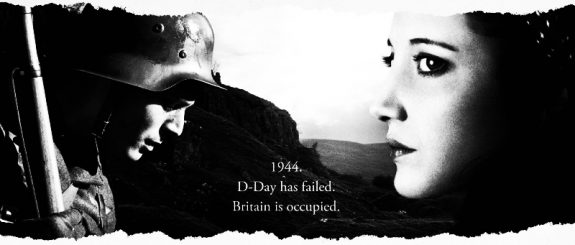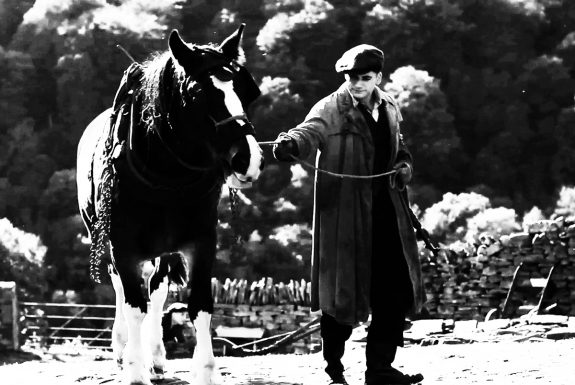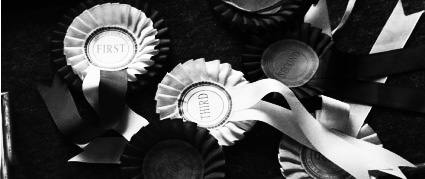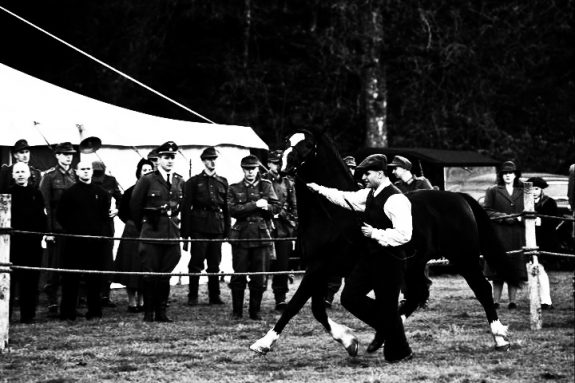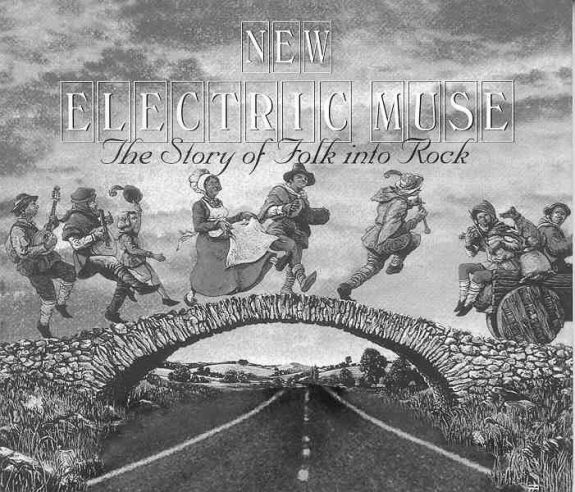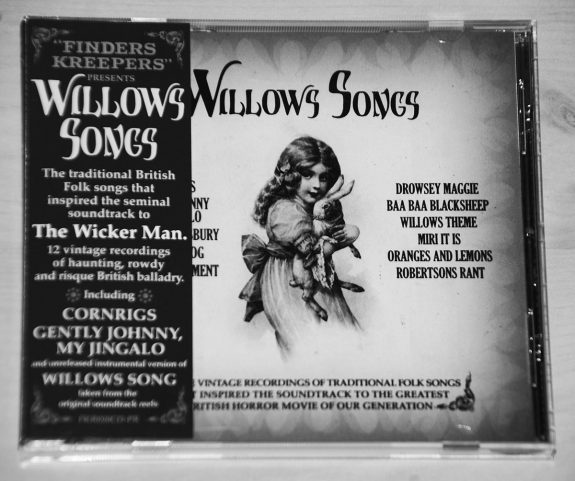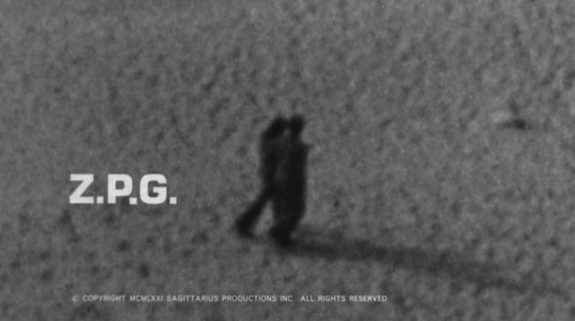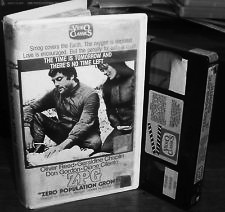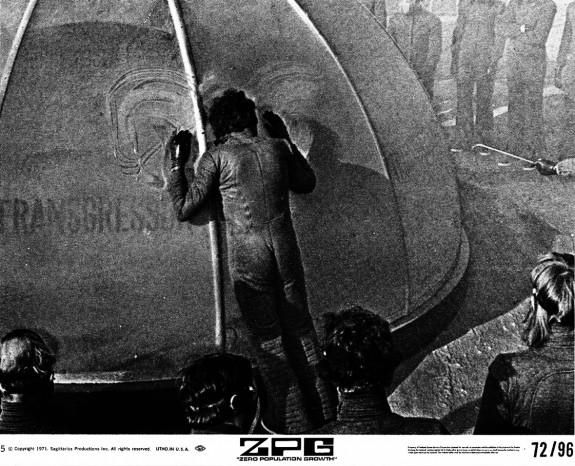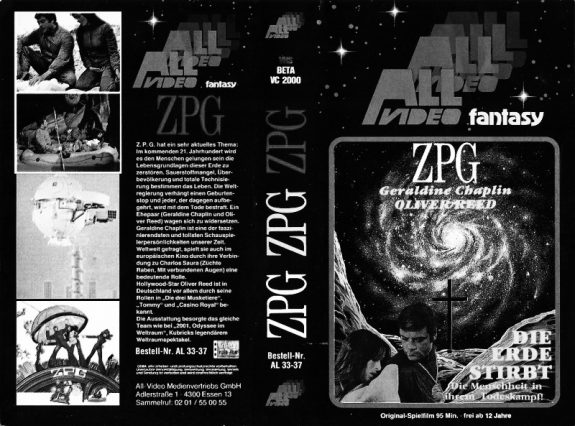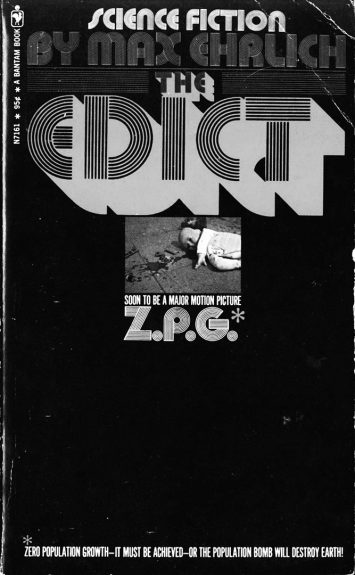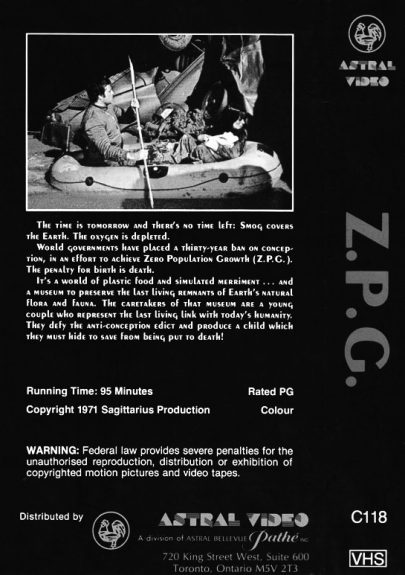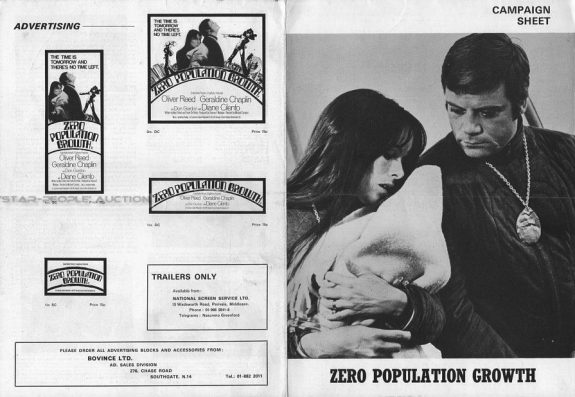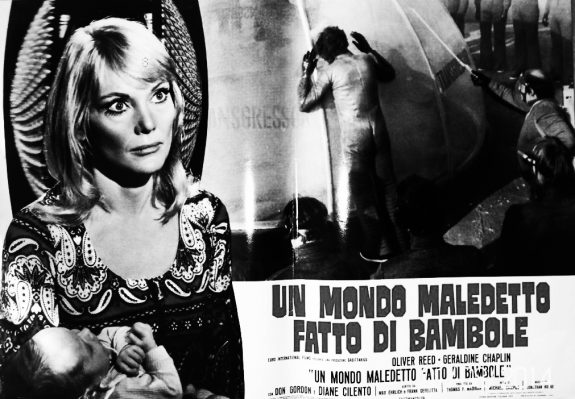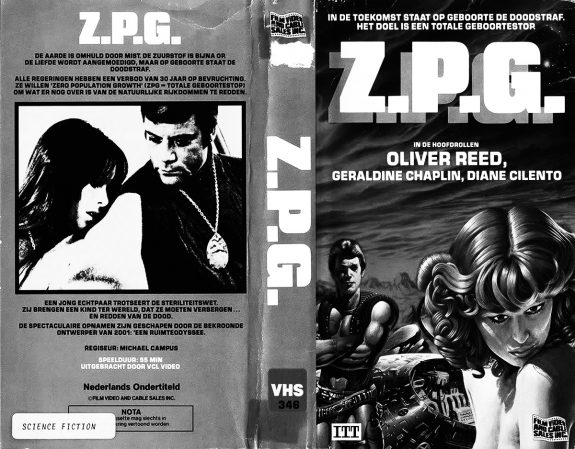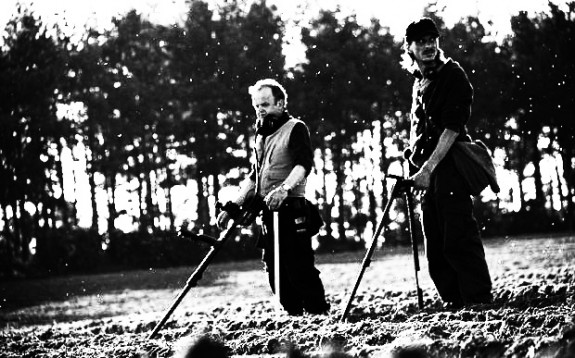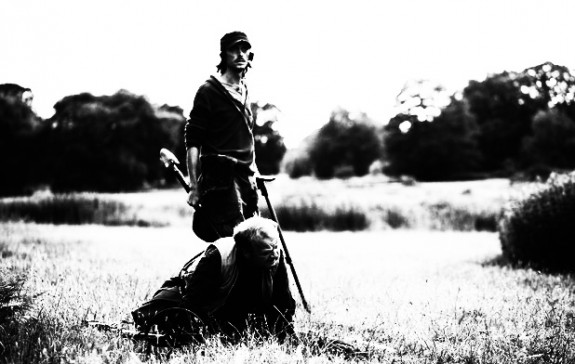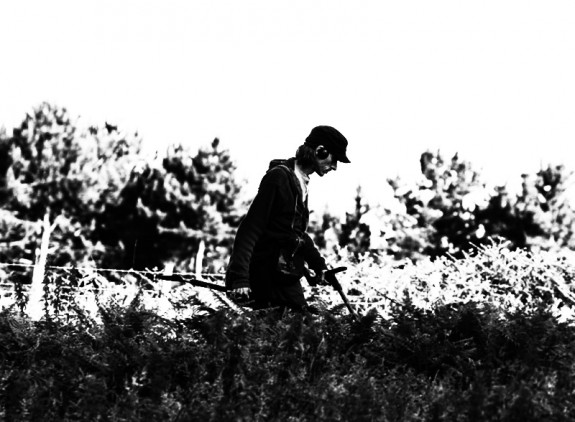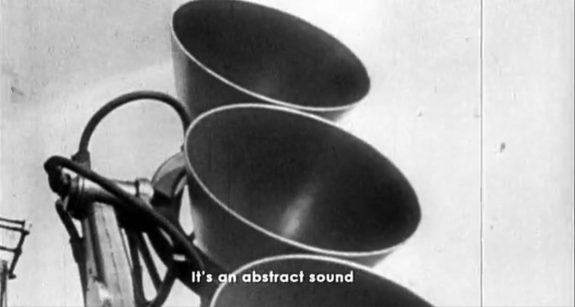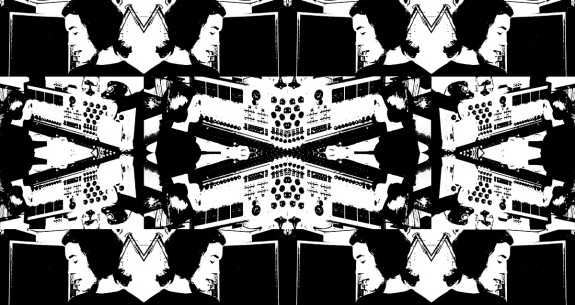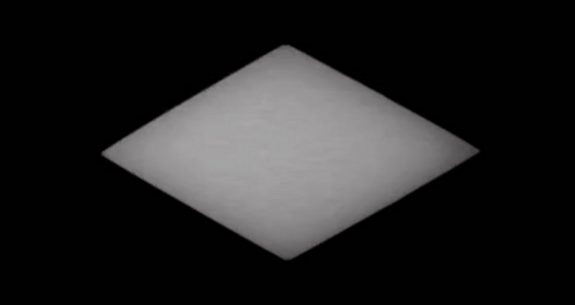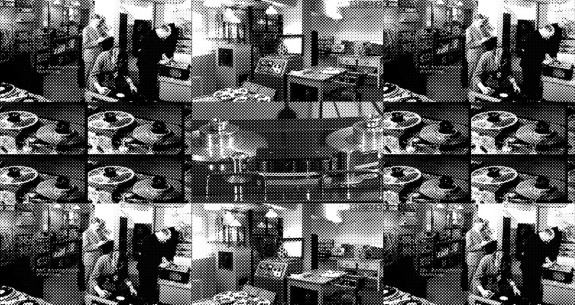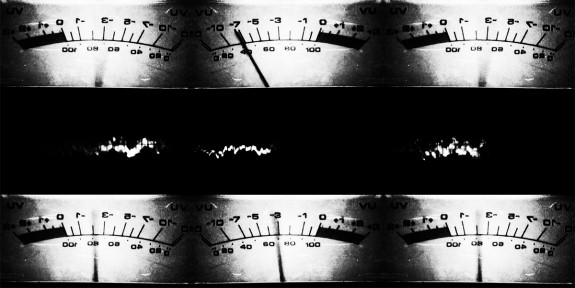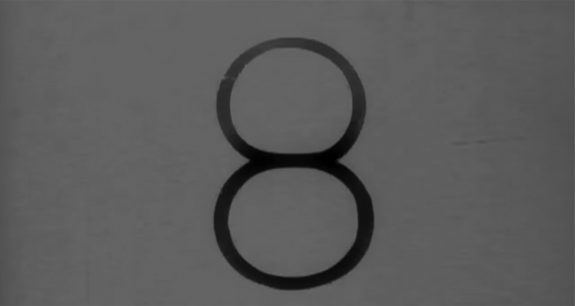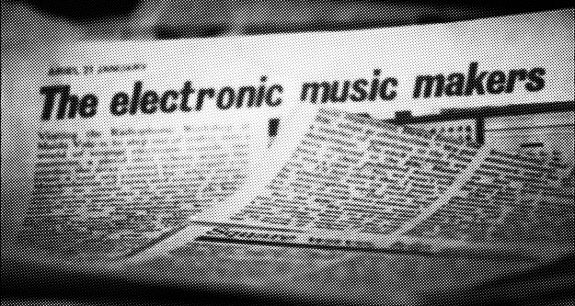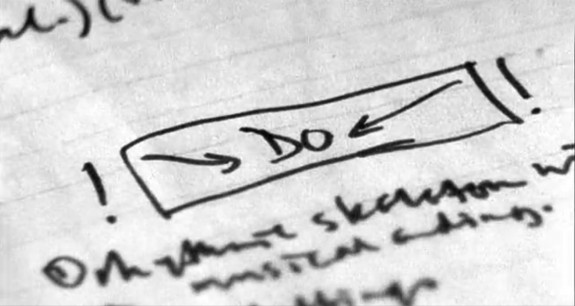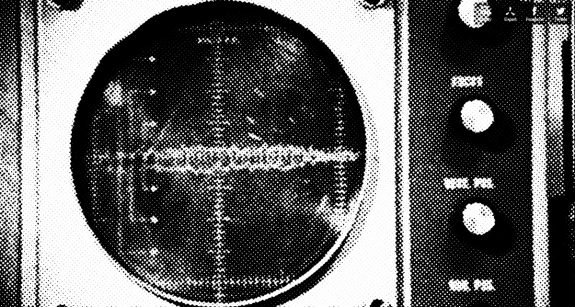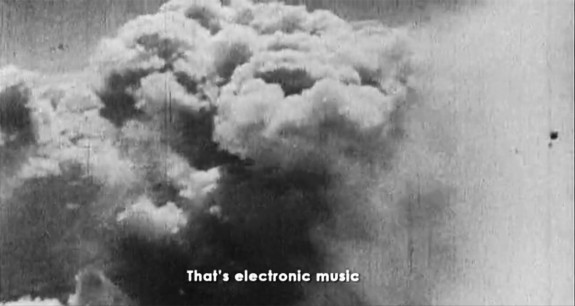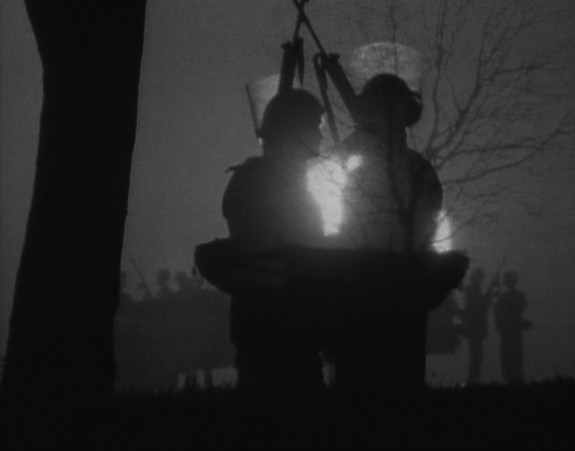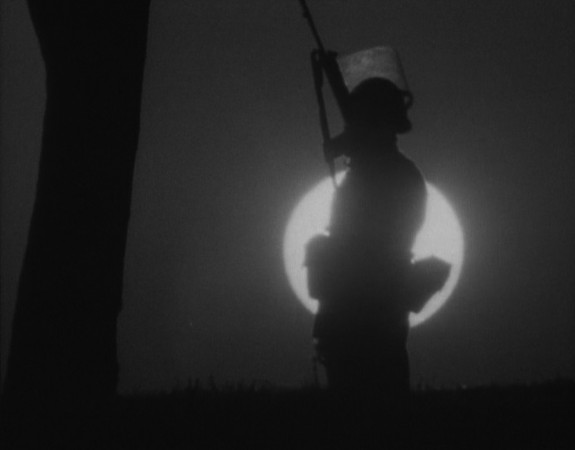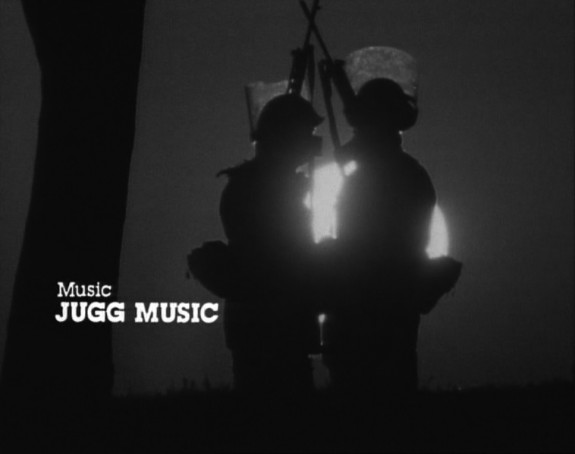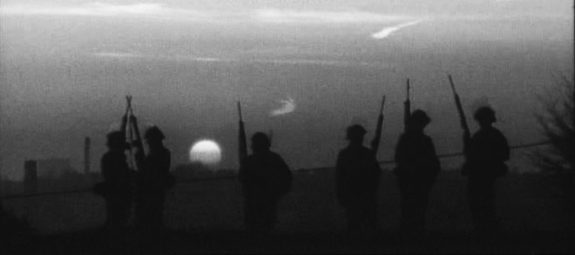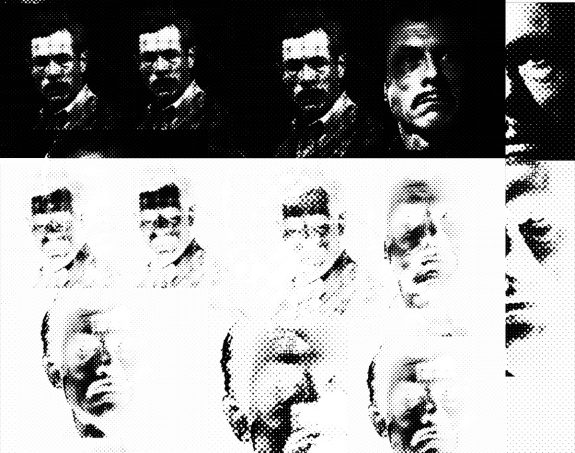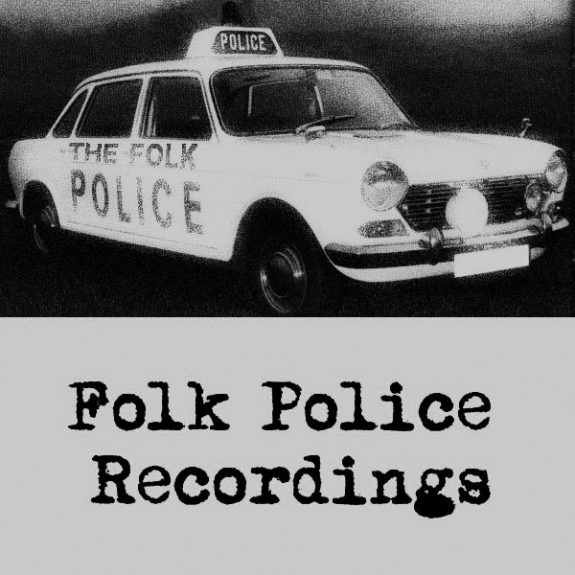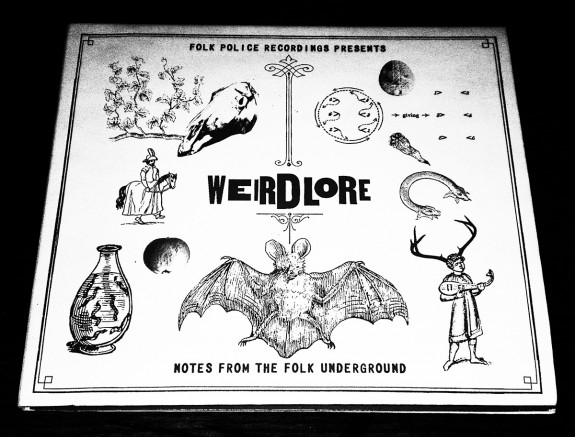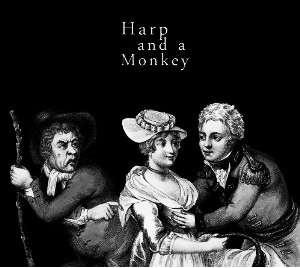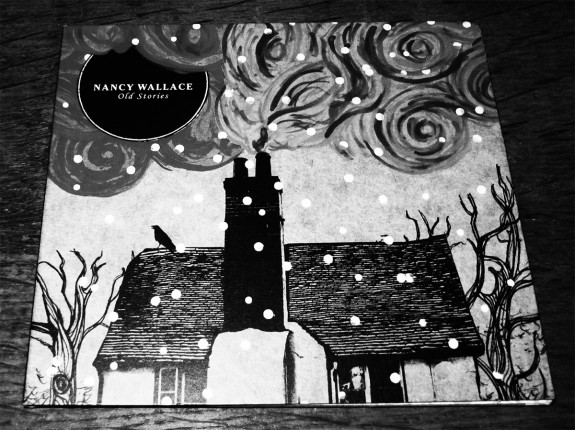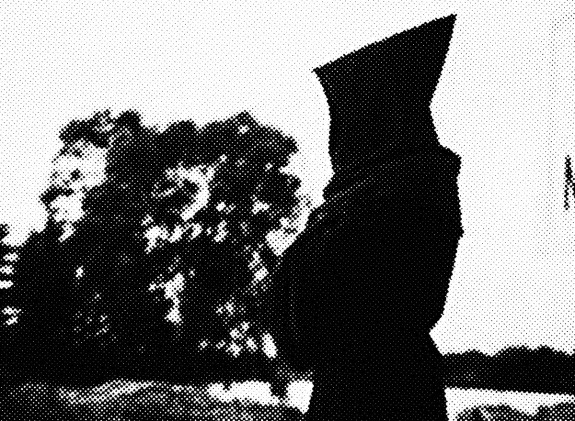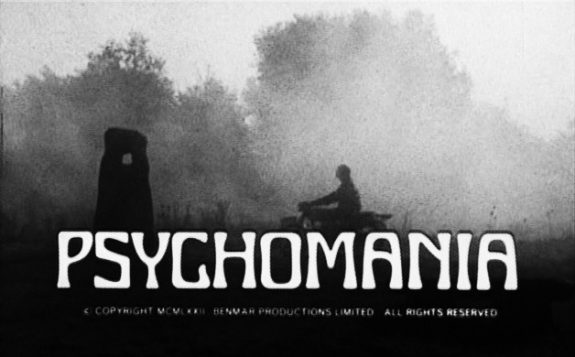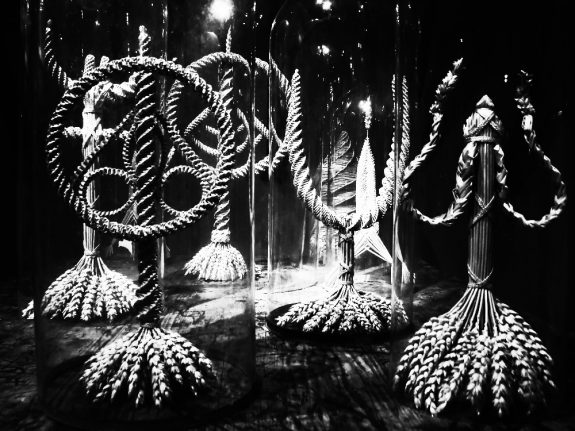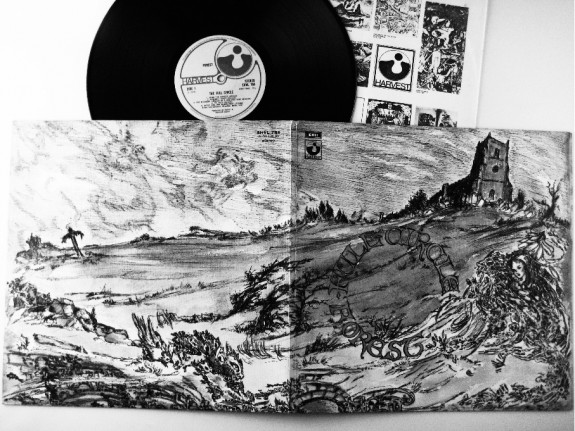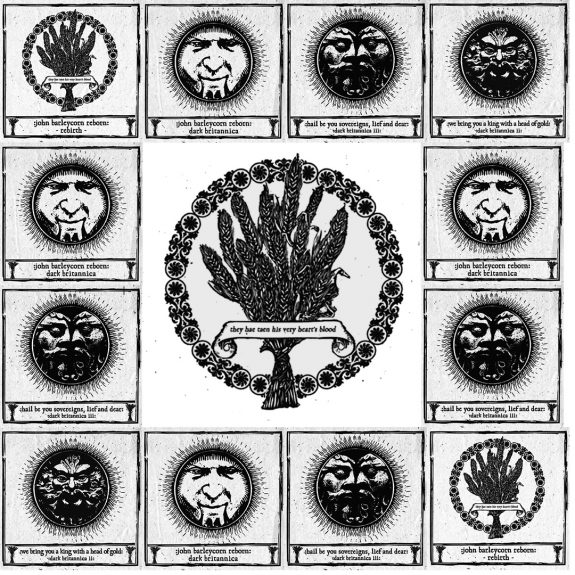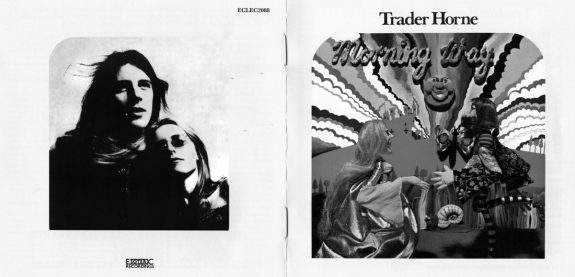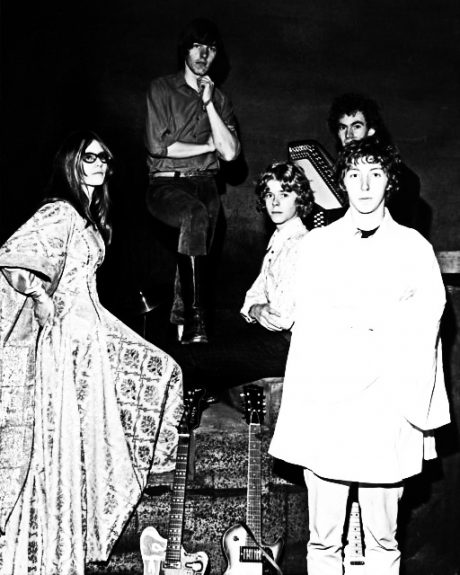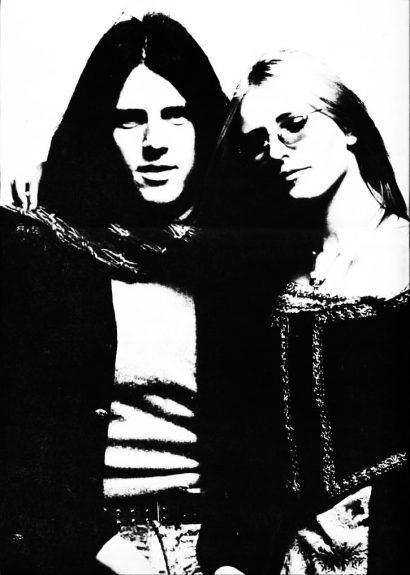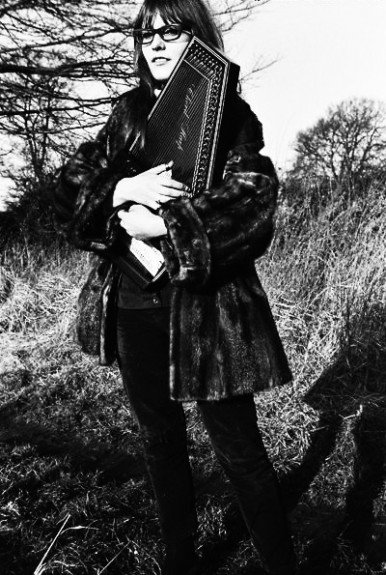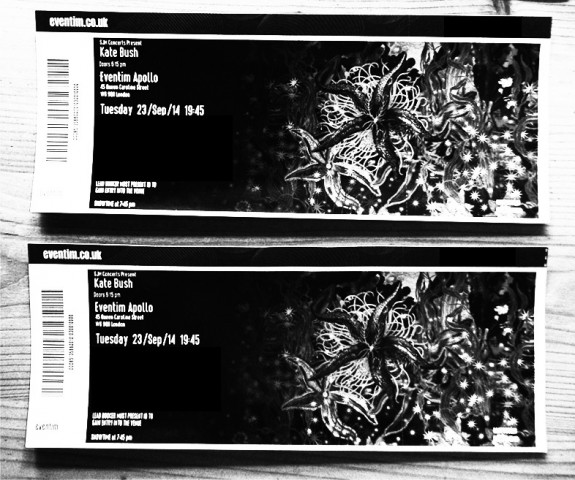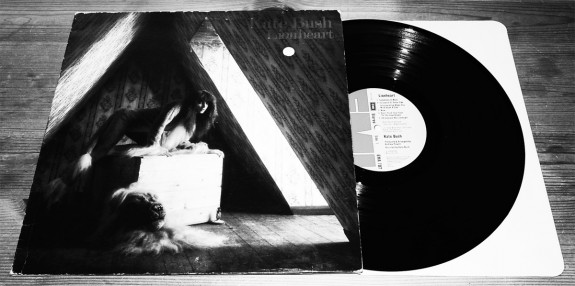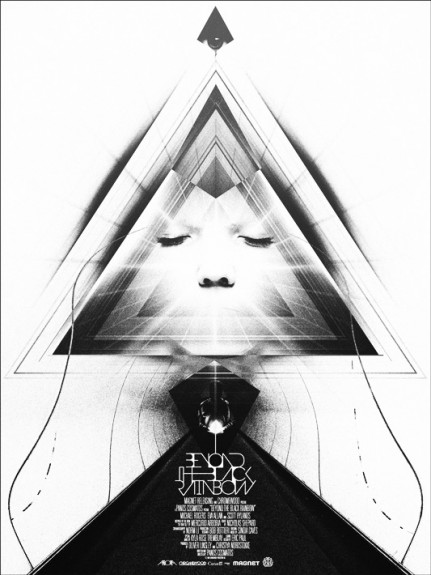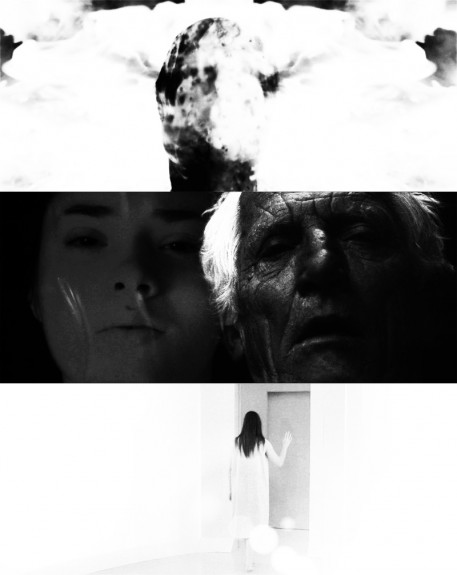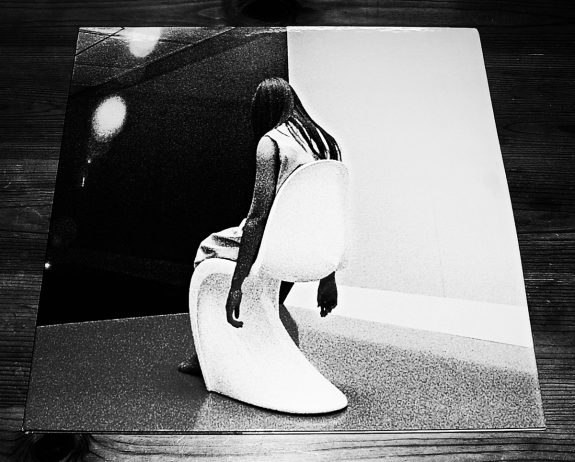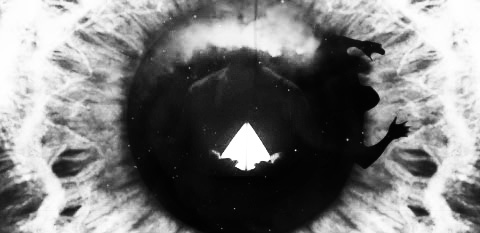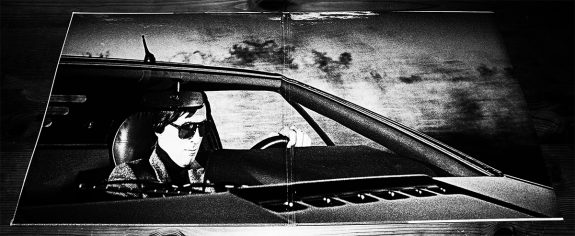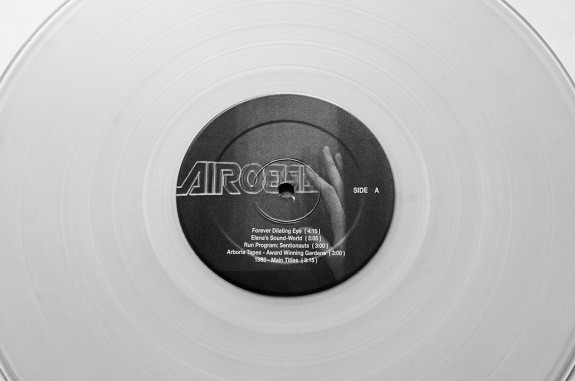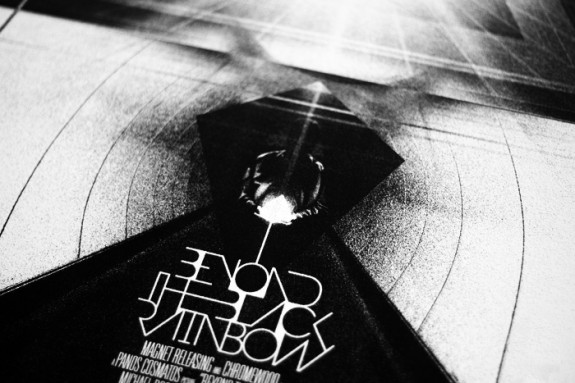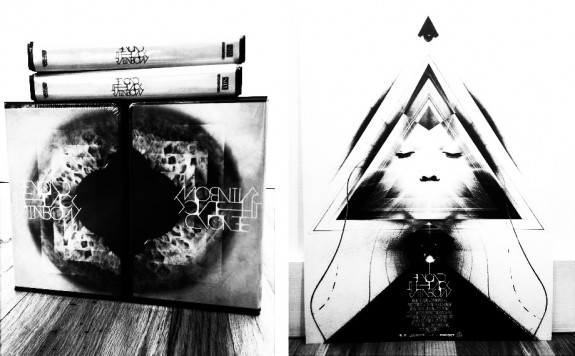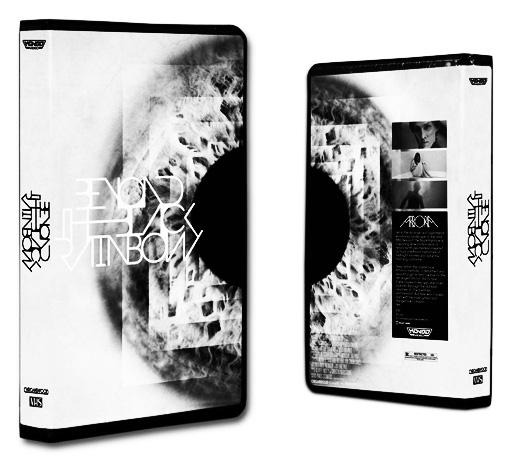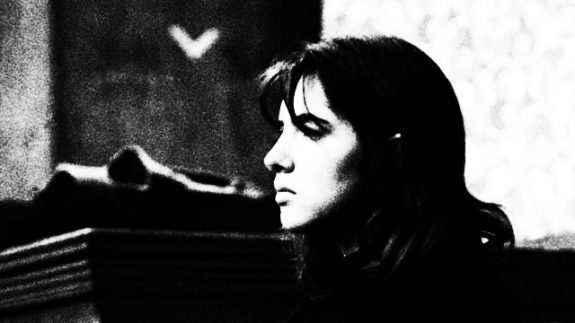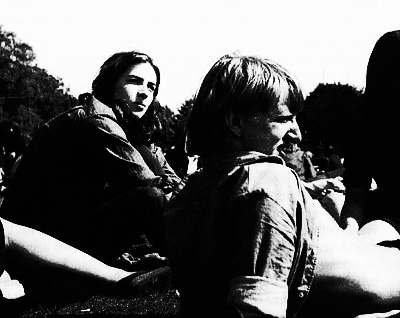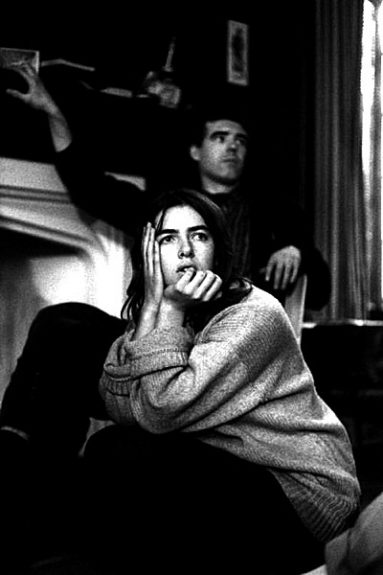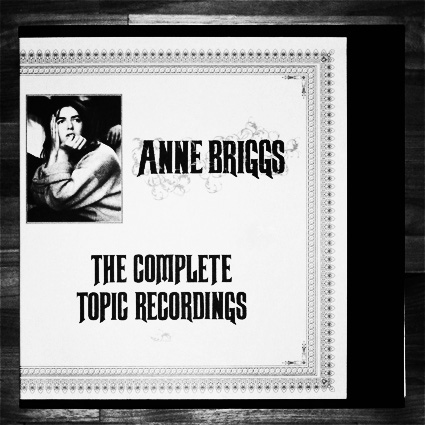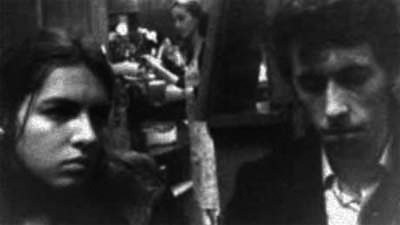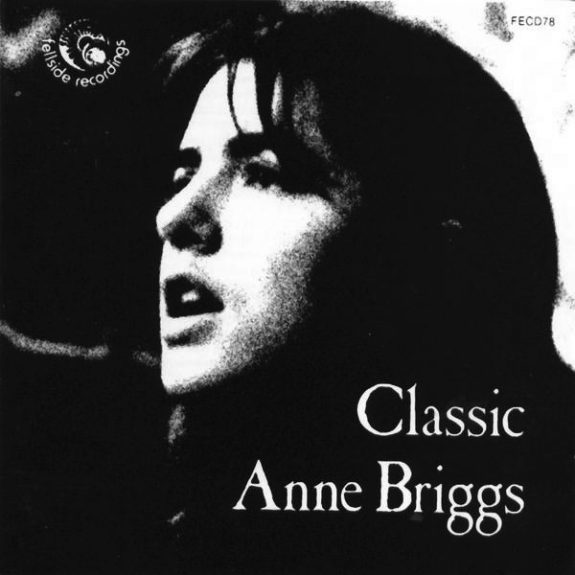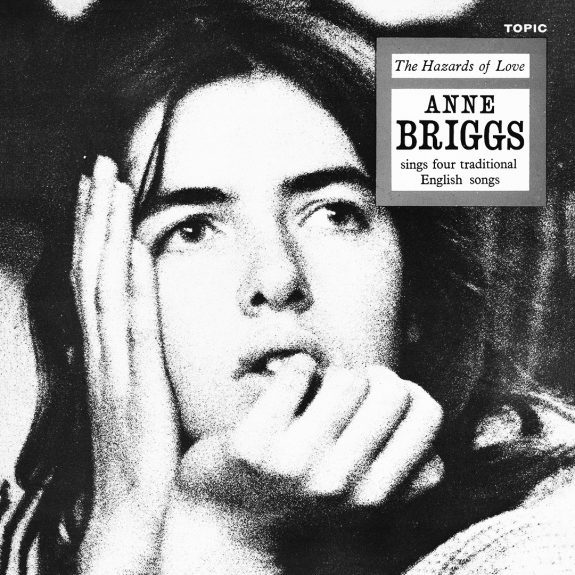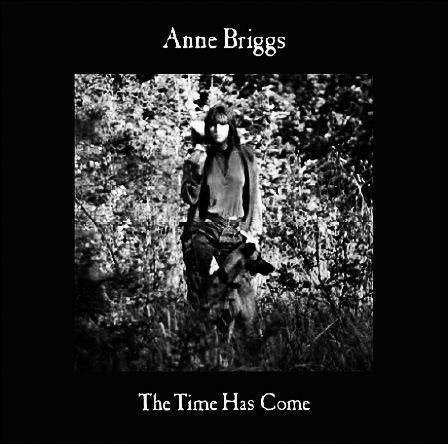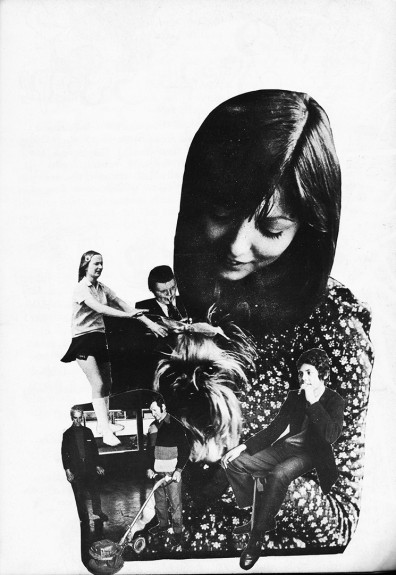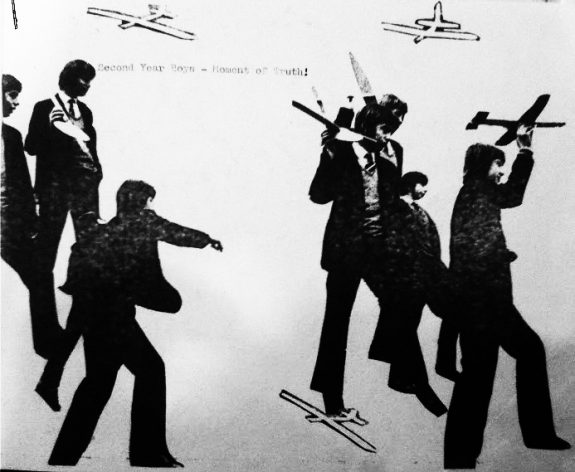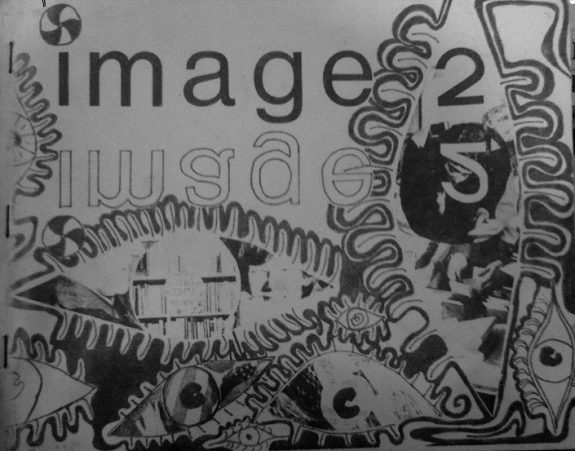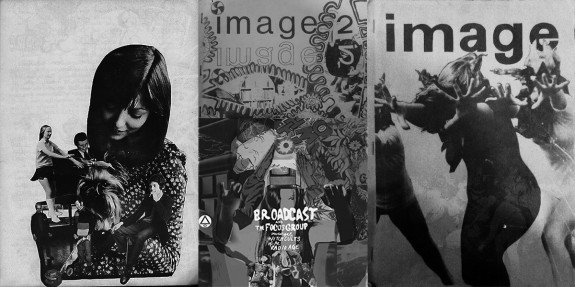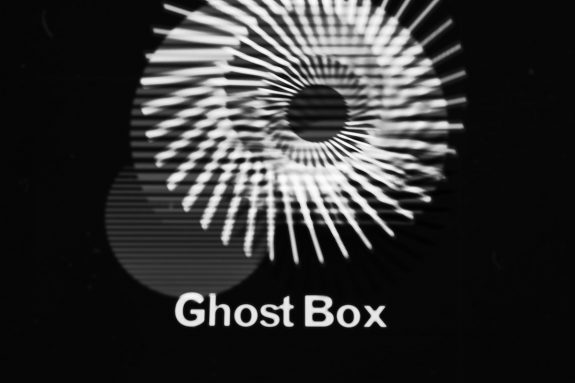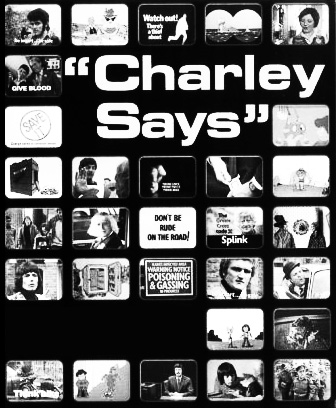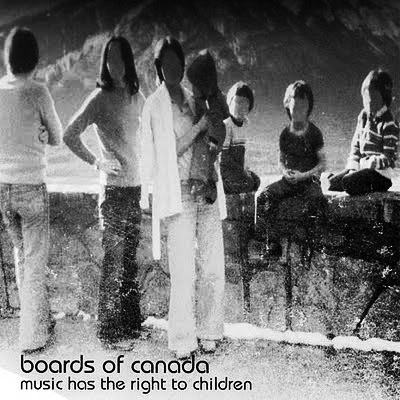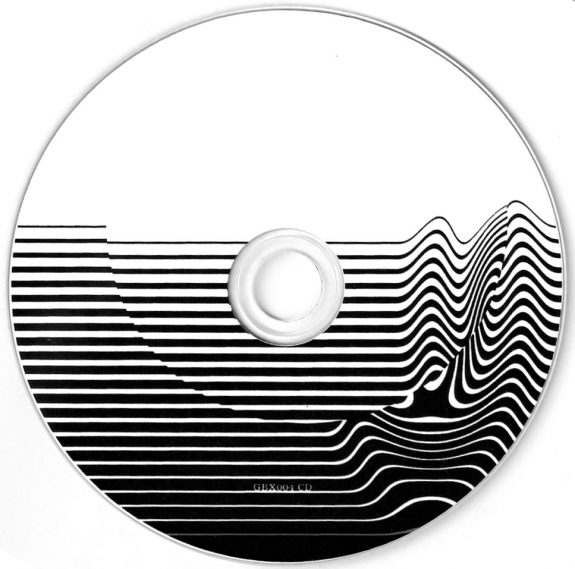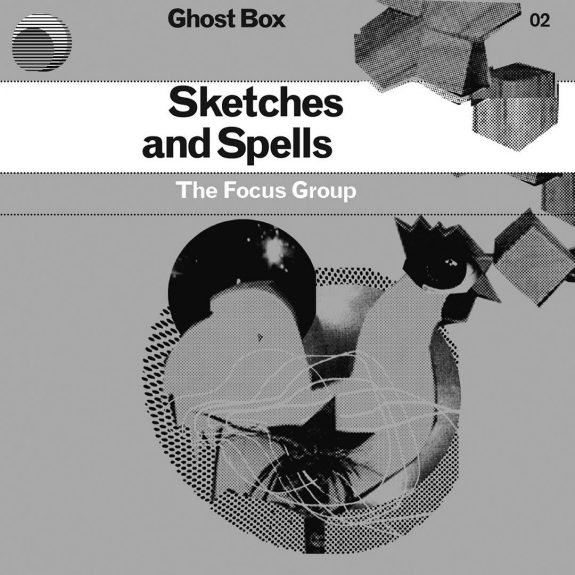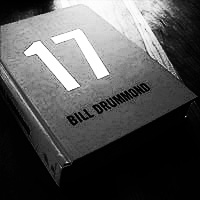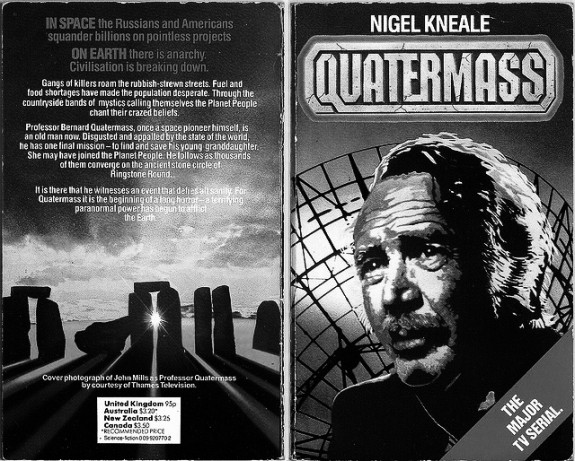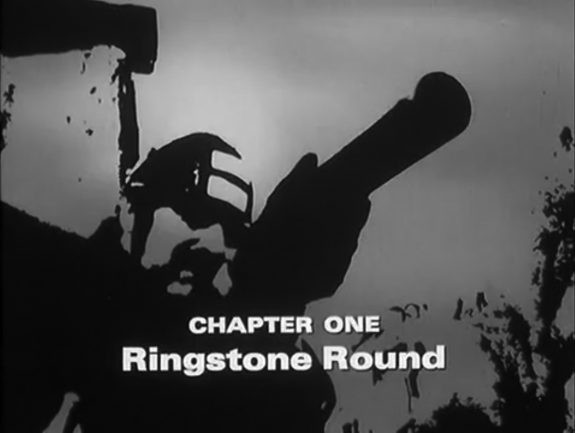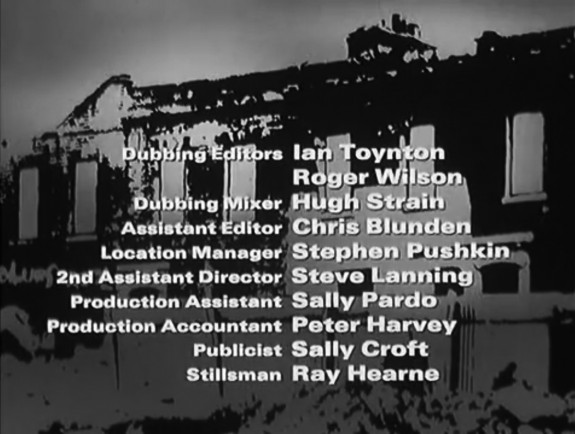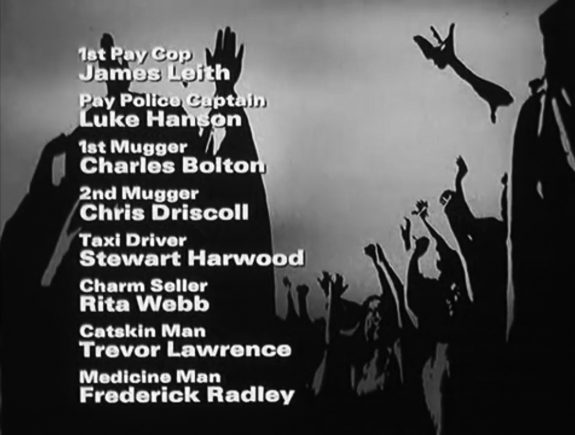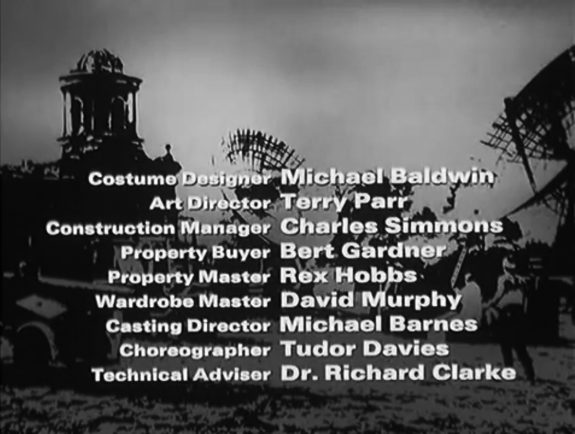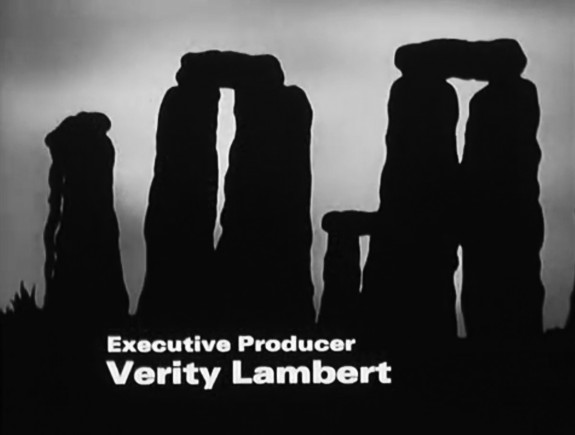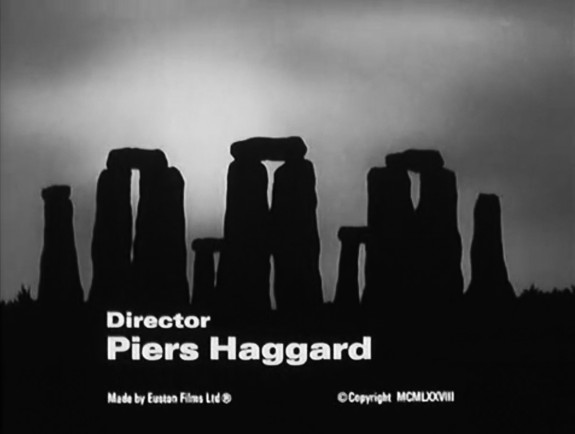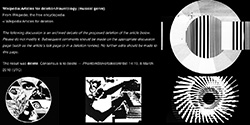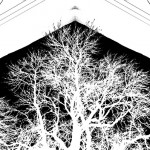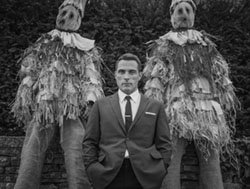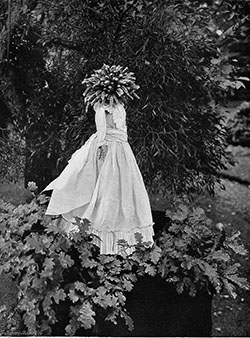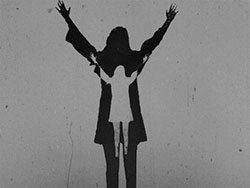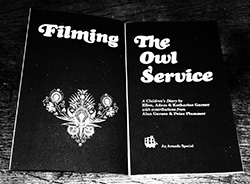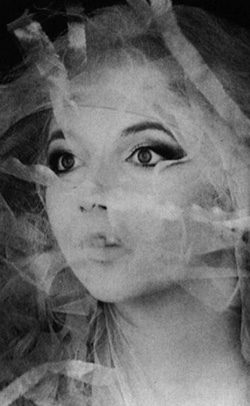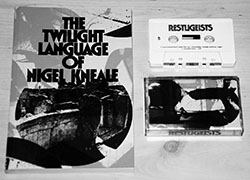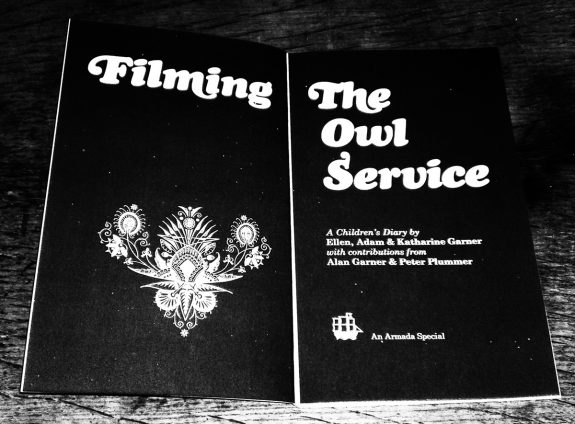
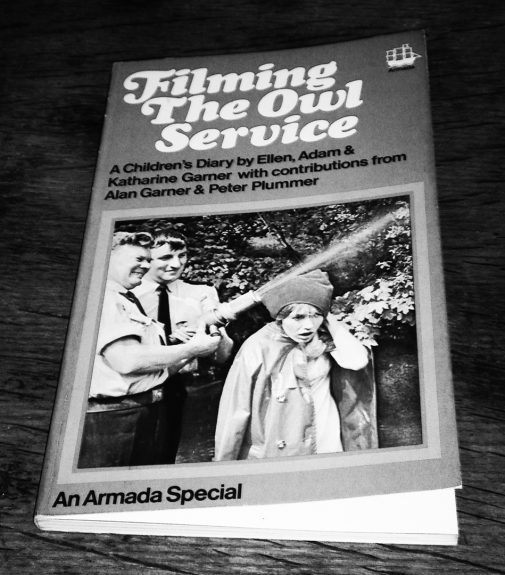 File under: Trails and Influences: Touchstones. Case #28/52.
File under: Trails and Influences: Touchstones. Case #28/52.
This is a lovely book and rare as hen’s teeth as it were. I don’t know if it’s the scarcity of it, it’s subject matter or both but it feels like a somewhat precious thing that I have to lift up gently and carefully…
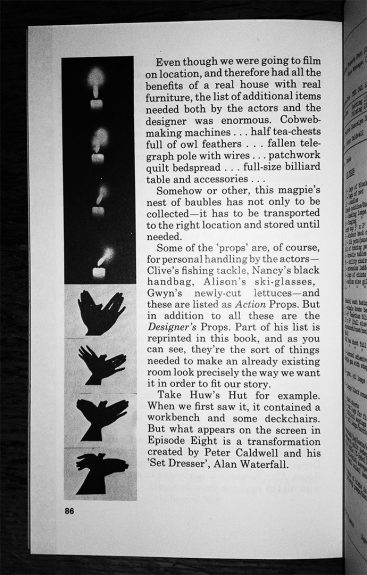 I was somewhat wary of reading it in a way as I didn’t want the magic of The Owl Service series to be undermined by knowing the behind the scenes tricks but… well, though it may have done that just a touch here and there, it also added to my appreciation of it and some surrounding culture and made me want to go back and revisit it, to watch for certain points and details the book mentions.
I was somewhat wary of reading it in a way as I didn’t want the magic of The Owl Service series to be undermined by knowing the behind the scenes tricks but… well, though it may have done that just a touch here and there, it also added to my appreciation of it and some surrounding culture and made me want to go back and revisit it, to watch for certain points and details the book mentions.
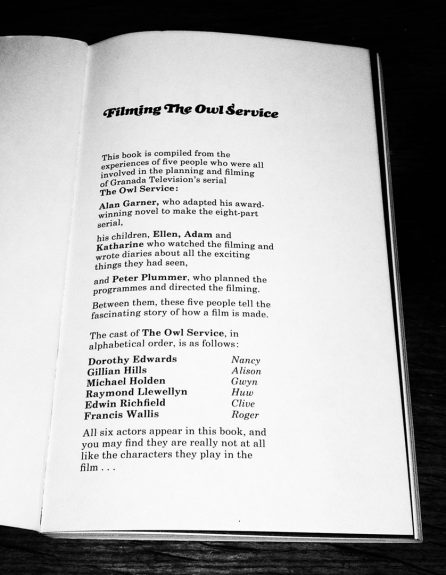 The book is split into three parts: an Introduction by Alan Garner in which he discusses the making of the film, some of what inspired the original book, some of the coincidences around it and so on, Our Diaries by his children who took nine weeks off school while it was being made to be on and around its filming and a Making The Film by its director Peter Plummer.
The book is split into three parts: an Introduction by Alan Garner in which he discusses the making of the film, some of what inspired the original book, some of the coincidences around it and so on, Our Diaries by his children who took nine weeks off school while it was being made to be on and around its filming and a Making The Film by its director Peter Plummer.
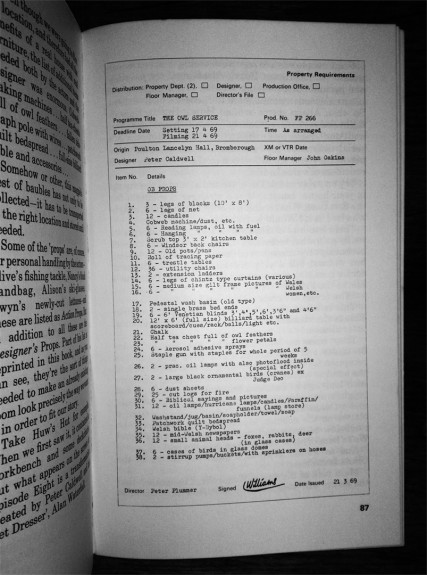 It’s a book full of quite simply lovely photographs, artifacts, anecdotes, background story, prop sheets and designs from the filming and the series itself.
It’s a book full of quite simply lovely photographs, artifacts, anecdotes, background story, prop sheets and designs from the filming and the series itself.
As I type I realise how little I knew about the book, the series or Alan Garner himself. The Owl Service existed unto itself in my mind, a somewhat precious touchstone and its “I am the wolf in every mind” line from the series has been something of a returning and recurring refrain during this year in the country…
Oh and…
“She wants to be flowers but you make her owls, you must not complain then if she goes hunting.”
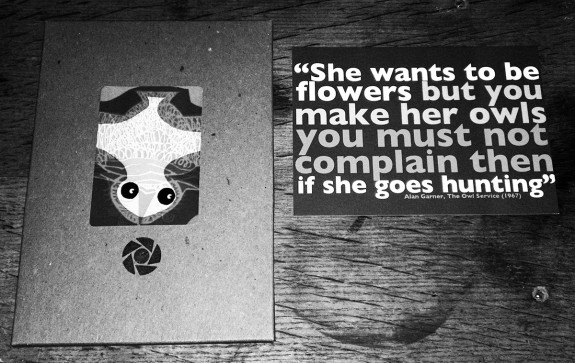
(The above image is from The Owl Service’s She Wants To Be Flowers But You Make Her Owls music compilation. See Day #30/365 for more of such things.)
So, what did I learn anew and what else has stuck in mind from reading the book?
1) The colours of the outfits of three of the main characters, Alison, Gwyn and Roger was based on an older International Colour Code for electrical wiring (red, black and green). Although the majority of those who saw the series would have been watching it in black and white, a decision was made that if it was going to be filmed in colour, they would use colour… which made me want to go back and watch the series again to spot this.
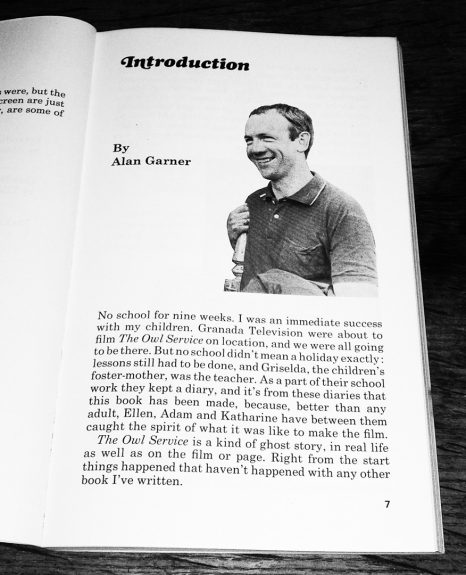 2) I was surprise by how youthful Alan Garner looks in the photographs. In my head he has always been a bearded, grizzled older chap, no matter what the year.
2) I was surprise by how youthful Alan Garner looks in the photographs. In my head he has always been a bearded, grizzled older chap, no matter what the year.
3) The Weirdstone Of Brisingamen, his first book, is set around somewhere that I have visited and recorded during my year in the country travels… it was also the first time I’d come across his work, many years ago as a much younger chap (much much younger) and certain scenes from it have always stuck in mind. Thinking back it may well have been one of the first times I came across such otherly pastoral/folkloric ideas in culture.
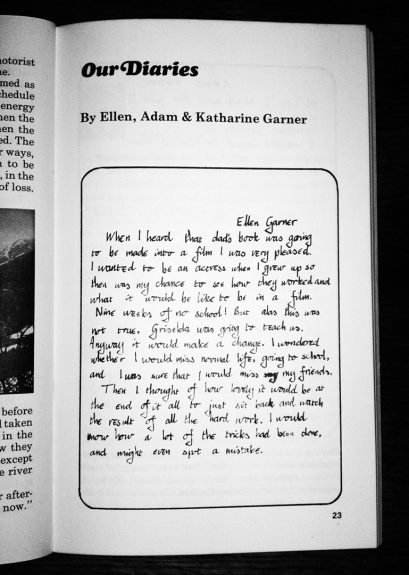 4) I like the way that the spelling mistakes by the children have been left in the typed part of their diaries (hence tomato soap, which makes me smile).
4) I like the way that the spelling mistakes by the children have been left in the typed part of their diaries (hence tomato soap, which makes me smile).
5) You tend to forget just how bored you often were when you were young; in the children’s diaries one of the most repeated phrases/descriptions are variations on “I was bored”/”It was boring”.
6) When Peter Plummer introduced the actors to Alan Garner for the first time and asked if they looked right, Mr Garner’s recollection of it was that it was a “nasty experience“:
“I wanted to run. They looked too right. It was like a waking dream. Here were the people I’d thought about, who’d lived in my head for so long; but now they were real. I couldn’t accept that they were only actors.“… which kind of reminds me of William Gibson saying that when he first stepped onto the set Johnny Mnemonic, he hadn’t realised that his ideas would be present in such high-resolution, in such detail and depth of reality.
7) Mr Garner had based the part of Huw on the actual gardener Dafydd, but a Dafydd as he’d imagined him being at the age of forty. When he saw them together he said that it “was like seeing father and son“.
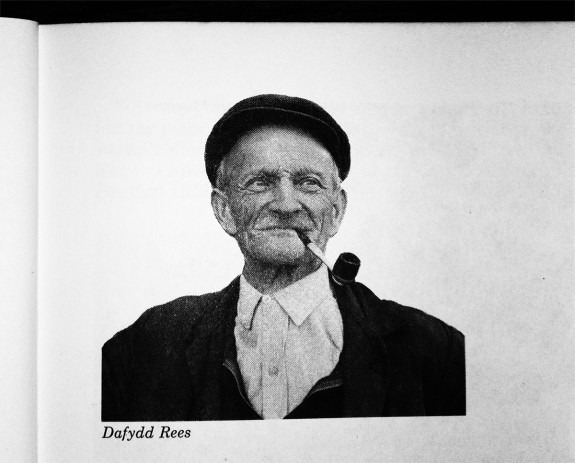
The two people in question when they saw one another said:
“I wish I was young and forty again,” said Dafydd
“Now I know what I’ll look like at eighty,” said Raymond.
I’ve come away from the book with a sense that Dafydd was a very particular kind of person, one of those people who seem to have been part of the land forever, an archetype almost.
When the filming was carried out, he was eighty-one and first went to work at the location house in Wales in 1898, which seems an impossible stretch of time (the series was created in 1969).
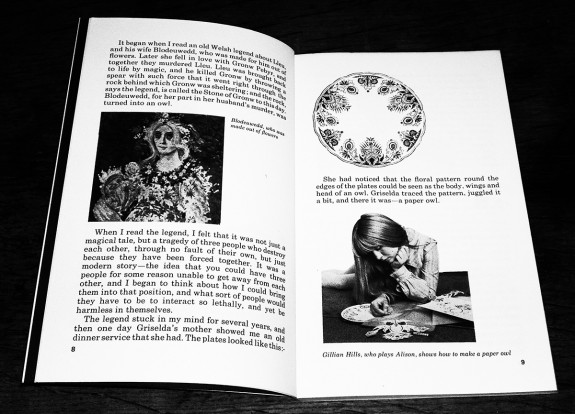
Mr Garner talks of the curious coincidences that occurred during and around filming At one point, unprompted, Dafydd Rees scratched the name “Blodeuwedd” on a piece of slate:
Alan Garner: “What’s that?” I said.
Dafydd Rees: “A name, ” said Dafydd.
“Can you tell me about it?”
“It’s just a name.”
Blodeuwedd is the name of the mythical character in the old Welsh legend which was a staring point for Alan Garner when writing the book: she was made from flowers and turned into an owl as a punishment after betraying and killing her husband with a lover (again see Day #30/365 for more of such things).
Alan Garner: “The Owl Service is a kind of ghost story, in real life as well as on the film or page. Right from the start things happened that haven’t happened with any other book I’ve written.”
(Peter Plummer refers to such coincidences as “selective perception” ie you’re working on an owl themed piece of work, so you begin to notice owls in one form or another often… I shall leave the balance of truth to those reading this).
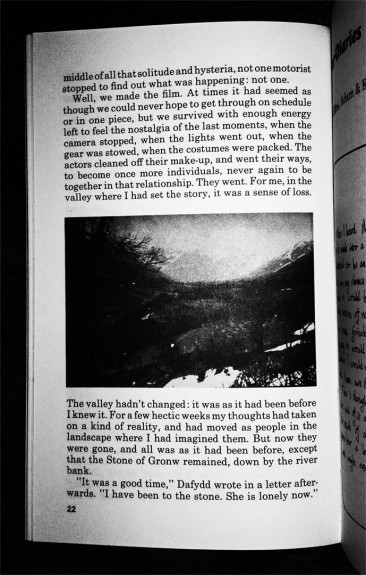 8) Alan Garner on writing the book:
8) Alan Garner on writing the book:
“It seemed at times that I was discovering, not writing, a story: it was all there, waiting and I was like an archaeologist picking away the sand to reveal the bones.”
9) On the last night of shooting the crew surreptitiously presented Mr Plummer with a brown paper package; it was a “jet-dark lambswool hat.”
The accompanying note said “From your black sheeps,” which seems rather apt and appropriate to the series and its stories.
10) The local fire brigade were hired to create the rain effects. Alan Garner’s children seemed to love that part (and even got to use the hose at time, snapping branches from a tree with it) and at one point comment on thinking that the actors don’t know that pond water is being used; there seems to be a constant battle to not run out of water, to create the correct seasonal conditions and battle against the elements – something which reminded me of tales from The Wickerman of extras having to suck ice cubes on supposedly sunny days to stop their breath showing in the cold air.
Alan Garner: “…we got there in the middle of May, it felt like the end of Winter…“.
11) Alan Garner is one of the villagers in one scene (“the author in his own film“) and apparently he was a foot taller than all the actual local people who were in the series and they all found it hard to behave normally when the man-made storm rain hits them.
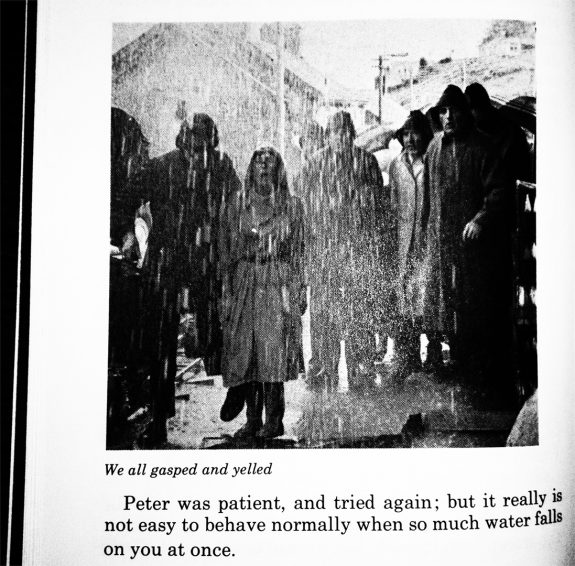
Alan Garner: “…as soon as the solid water hit us we all gasped and yelled, and looked like anything but villagers out in a storm.”
“We must be dumb and waterproof,” said Dafydd…
Alan Garner: “That scene is still odd, because I was about a foot taller than anybody else, and I look like the village freak – which may be what Peter was after all the time.”
 12) The end of Alan Garner’s section is a quote taken from a letter sent by the gardener of the house where they filmed, referring to the time during the filming and The Stone Of Gronw the production had commissioned to be carved, prepared and set in place for the series:
12) The end of Alan Garner’s section is a quote taken from a letter sent by the gardener of the house where they filmed, referring to the time during the filming and The Stone Of Gronw the production had commissioned to be carved, prepared and set in place for the series:
“It was a good time… I have been to the stone. It is lonely now.”
Which I think is a good place to end this page.
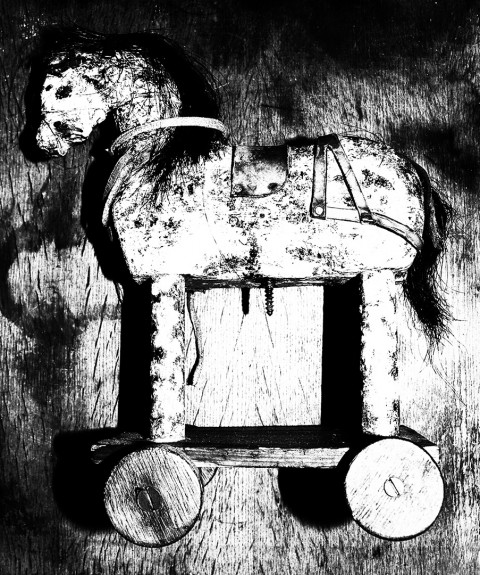 File under: Trails and Influences: Touchstones.
File under: Trails and Influences: Touchstones.
